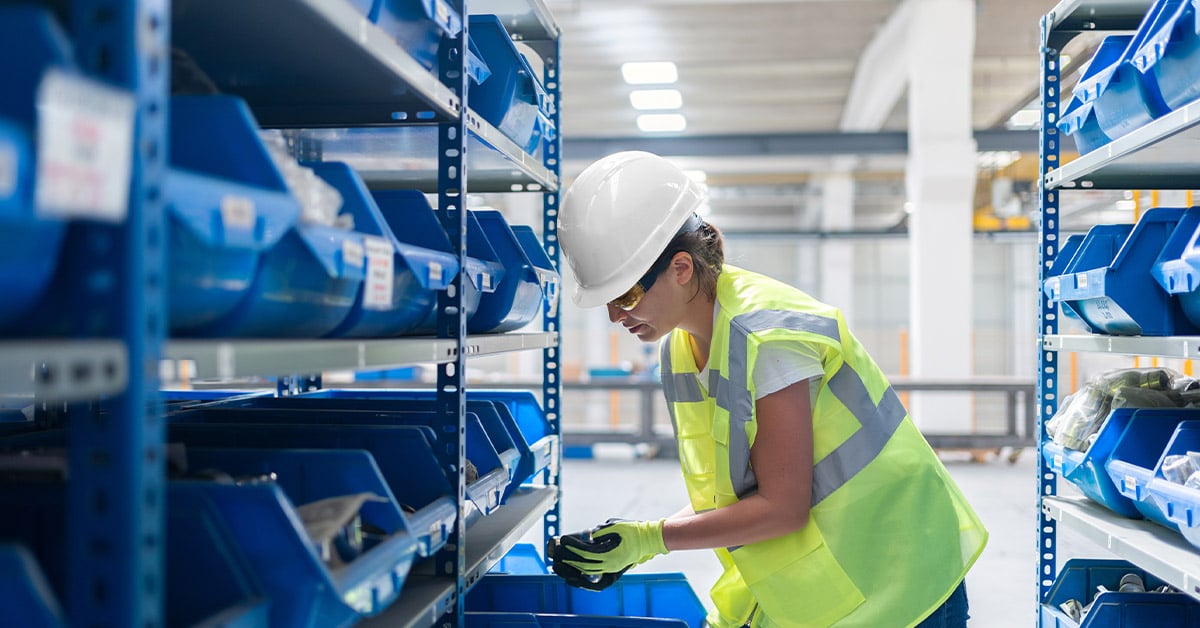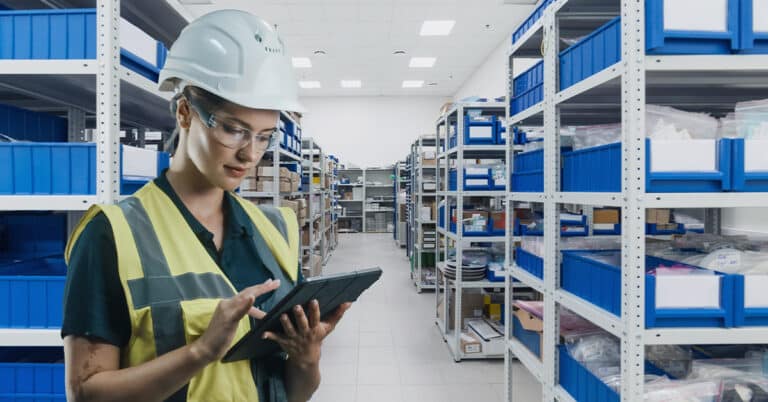MRO in manufacturing is a significant, yet often overlooked, area of production. MRO refers to maintenance, repair and operations, and includes any of the resources that are used in the manufacture of a product but are not part of the end product itself.
As that definition implies, MRO covers a vast portion of the expenditures that a manufacturing facility incurs in the course of normal operations: machinery, components, maintenance supplies, repair tools overhead such as office supplies and more. Often, these expenditures are seen only as a cost of doing business (which they are), but they are also ripe for efficiencies and improvement.
Manufacturing organizations today must work harder than ever to reduce costs, streamline operations and maintain the bottom line through any reasonable means necessary, and MRO in manufacturing is one of the most effective ways to do so. Here, we will explore the details and benefits of a dedicated MRO program, illustrating how increased focus on this area can help your business maintain a competitive edge.
Types of MRO
MRO maintenance repair and operations investments involve several areas in manufacturing, including:
- Infrastructure repair and maintenance: This area of MRO generally covers the costs of operating the facility itself and keeping it in good working order: overhead costs such as utilities, general cleaning services, grounds maintenance and other expenditures that critically — and often literally — “keep the lights on.”
- Production equipment repair and maintenance: Production MRO involves the maintenance and operating costs of critical equipment that directly facilitates end product output. These costs include reactive maintenance (if needed), preventive maintenance, predictive maintenance, spare parts inventory management and more.
- Material handling equipment maintenance: Material handling MRO includes the equipment that moves components and parts from one area of the facility to another. This may be between production stations, or from one phase to another, such as from production to QC to fulfillment. Material handling investments help to ensure that products remain in deliverable condition from the production line through to the receiving area.
- Tooling and consumables: This MRO component comprises the tools and equipment used to carry out inspections, maintenance, repairs, QC and other supporting processes that are separate from direct production processes themselves, but which still make a significant contribution to quality and efficiency.
What is MRO purchasing?
What is MRO in purchasing? This sector of the business covers “indirect spend,” or costs that are not directly incorporated into product output. On an individual basis, these costs may seem cursory and relatively insignificant, but taken at the aggregate, and at scale, it is clear that MRO purchasing is often a major component of overall cost and should be examined and optimized as such.
When viewed as an overall cost of doing business, purchasing MRO — including MRO in supply chain — will often reveal areas that can intuitively be proposed for review and improvement. An overall MRO strategy can assist in cost management, price negotiation and a more favorable supplier relationship schema.
The application of MRO to this area of the operation will often require major process changes, including performance monitoring, continuous improvement, process automation and other enhancements. New equipment may also be required, such as industrial sensors and connectivity equipment — all of which are becoming steadily more cost-effective. While it may be challenging to implement these changes, the overall cost benefits will almost always prove worth the investment.
What is MRO inventory?
MRO inventory costs involve every expenditure on components, parts and equipment used in the organization’s maintenance, repair and operations processes — spares, tools, safety equipment and more, just to name a few. MRO parts management covers every component that is not part of the end product itself.
The primary challenge of an MRO storeroom inventory strategy is that management and controls are not centralized, leading to redundant purchases, inconsistent tracking and a missed opportunity to purchase at scale. Given the commodity nature of many MRO inventory components, the benefits of an organized, scalable strategy can make an immediate and significant impact on costs. Moreover, the quality and reliability of these parts are important to the ongoing efficiency of the facility.
A successful MRO inventory strategy audits the existing scenario and needs across departments, identifies the current inventory status and establishes an ongoing, trackable, scalable inventory management process across the business.
Benefits of MRO
As evidenced by the above descriptions, a dedicated MRO strategy can yield major benefits in spend, process efficiency, resource usage, equipment uptime and other areas. Some of the key MRO benefits include:
- Inventory streamlining and optimization: As referenced above, the lack of an MRO strategy — or even a decentralized, siloed MRO strategy — can inadvertently lead to vastly inflated costs for commodity parts that can be obtained at a much lower cost at scale. MRO inherently introduces these efficiencies of scale by examining the overall needs of the organization across departments and business units, creating benefits as soon as this component of the strategy is implemented.
- Lower spending: A fully-formed, mature MRO strategy incorporates inventory management as well as condition and performance management, delivering real-time insights through industrial sensors and connected technology to ensure that maintenance and replacement occurs when needed — no earlier and no later. A true modern MRO strategy addresses the inefficiencies of a purely preventive maintenance strategy as much as it does those of a reactive maintenance strategy.
- More focused resource usage: By introducing processes and organization into inventory tasks, MRO can help reduce time spent on low-value tasks such as locating parts and researching maintenance processes, and increase time spent on targeted, high-value maintenance, monitoring and analysis. While the change does not occur overnight, the potential benefits are well worth the time spent.
With this overview of MRO, you are ready to begin examining your own processes, policies and procedures. The most significant benefits of an MRO strategy will be realized by tailoring the tips here to your specific operations and applications. By introducing the technology, processes and best practices at your disposal, you are poised to reap the cost and efficiency benefits. Contact us today to learn how we can help you optimize MRO asset management in your plant.


